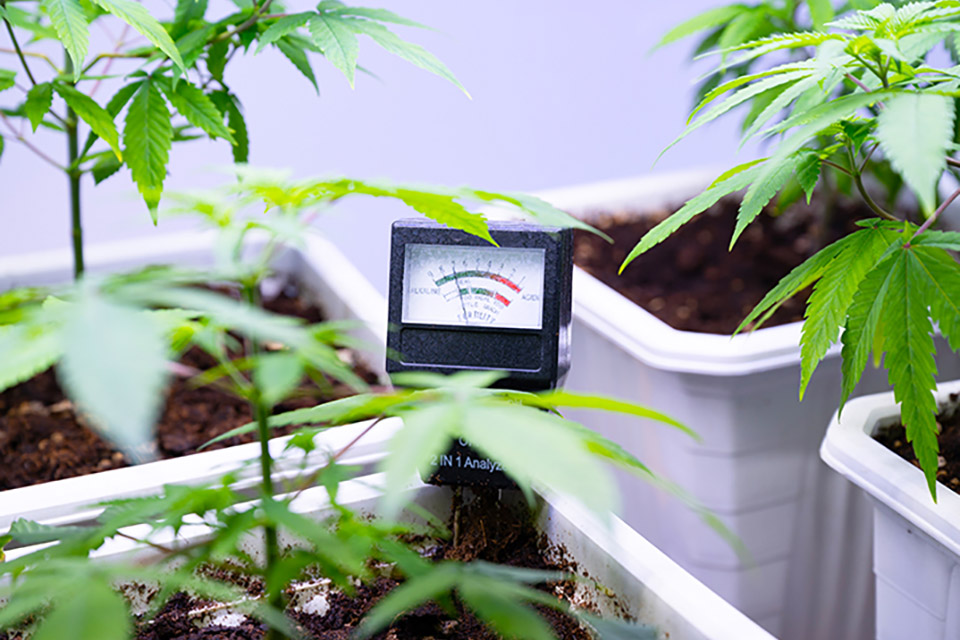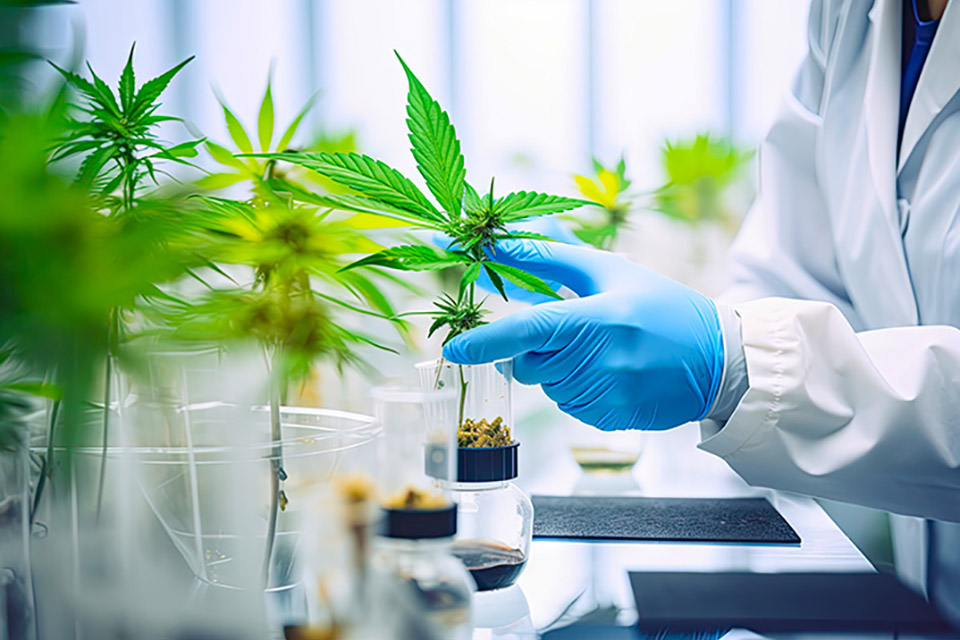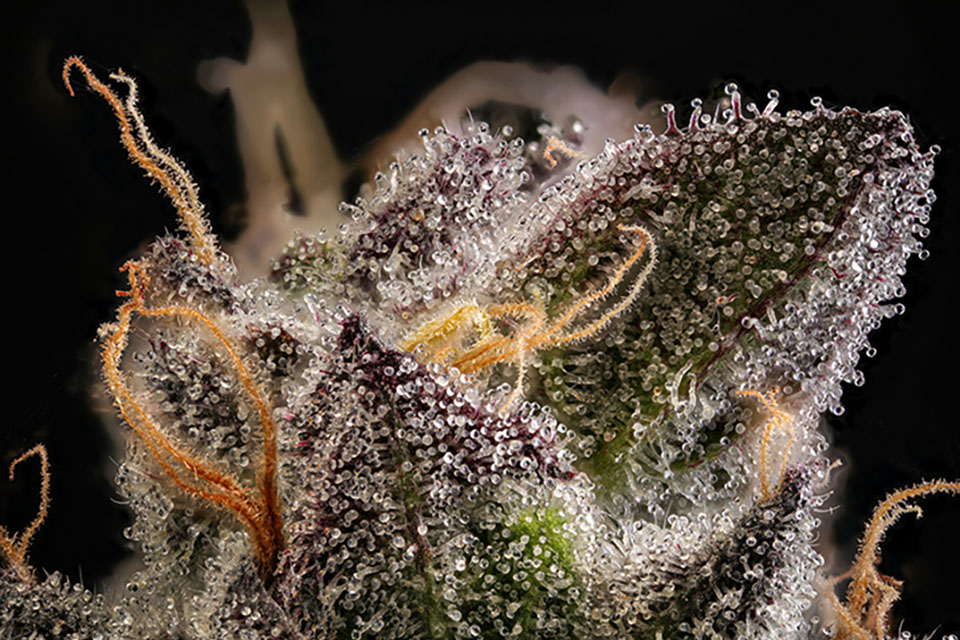
Growing cannabis with pre-made fertilizer is relatively simple. However, if you want greater control over your crop and its quality, it is best to use a homemade feeding solution. DIY fertilizers are easy to make, and they are ideal for those on a budget (or growers who want to fly under the radar). Here, you will learn why and how to make cannabis nutrient solutions.
Fertilizer: It is A Multivitamin for Your Plants
Like all other plants, cannabis requires phosphorus, potassium, nitrogen, and various micronutrients. However, cannabis plants do not consume these for energy; they do so for healthy growth. Natural fertilizers are best thought of as vitamins that support the process of photosynthesis. When feeding cannabis plants, the grower’s goal is to find the right balance of nutrients, not to give them as much as possible.
Why Growers Should Make Their Own Fertilizer
Many of today’s marijuana cultivators are choosing homemade fertilizers, and for good reasons. Firstly, making a nutrient solution is labor-intensive, but it is less expensive than purchasing ready-made solutions. With time, the savings will add up!
Secondly, using a homemade feeding solution gives a grower the reassurance of knowing exactly what the plants are getting, and it also leaves room for experimentation. If you are planning to grow organic or vegan cannabis, homemade fertilizer is a great way to follow the rules.
The final benefit of homemade fertilizer is that it increases soil quality with time. When using a DIY organic fertilizer, it is possible to reuse the growth medium over several crops. On the other hand, synthetic nutrients typically cause soil quality to decline.
The Case for Organic Plant Food
Most organic fertilizers are a combination of nutrients originating from sources such as vegetable and animal waste. However, the term is also used to describe sediments such as gypsum and rock dust that contain minerals needed for soil nourishment and plant growth. Organic fertilizers have the following benefits:
- Slow nutrient release, which protects cannabis plants from burning or overfeeding
- Gradual improvement of the soil’s nutrient profile and overall quality
- Improved water retention and airflow in the soil
- Renewability and sustainability
- Little to no chance of nutrient runoff
Working with an organic fertilizer gives a grower the chance to bolster the growth medium while improving product quality. Most of the benefits of natural fertilizers come from their ability to maintain this balance. Many growers have discovered that organic plant foods work to improve the flavor profile and yield of cannabis crops.
The Nutrients Cannabis Plants Need
Like all other plants, cannabis needs certain nutrients, such as potassium, phosphorus, and nitrogen. These nutrients are of equal importance, and they help plants grow and flower. Cannabis plants cannot absorb airborne nitrogen; they get it from the soil. Nitrogen is a crucial component in photosynthesis, as it helps plants produce the energy needed to grow healthy leaves. Most ready-made fertilizers designed for use during the flowering stage contain significant levels of nitrogen.
On the other hand, phosphorus helps cannabis plants develop healthy, strong roots. Most blooming plants benefit from high phosphorus levels, and flowering marijuana plants are no exception. Phosphorus gives your feminized pot plants the foundation they need for a lifetime of healthy growth.
Like nitrogen, potassium is used in photosynthesis and the production of certain proteins. Healthy potassium levels also strengthen plants’ immune responses.
Those who have used store-bought fertilizers before have likely noticed that products come with different levels of nitrogen, potassium, and phosphorus. While solutions for clones and seedlings tend to be mild, fertilizers for the vegetative stage usually contain more nitrogen. Flowering nutrients are often high in phosphorus, which promotes the growth of healthy, fat buds.
Feeding Plants During Germination
It is not recommended to fertilize the soil when seeds are germinating. Cannabis sprouts are fragile, and strong nutrient blends (even natural ones) may damage them. In simple terms, if the soil is good enough for tomatoes, it is safe to use when germinating marijuana seeds. Tomato soils have the right ratio of potassium, phosphorus, and nitrogen to sustain seedlings for at least two weeks. After the germination phase has ended, growers should administer nutrients, as necessary.
Making the Right Feeding Solution for Cannabis Plants
Though the idea of making fertilizer sounds tricky, it is much easier than it seems. Growers from Texas to Tennessee can find phosphorus, potassium, and nitrogen right at home in kitchen food scraps and ingredients they already have on hand. To make a nutrient-rich growth medium, composting is a great place to start. Many growers are leery of the practice, as they believe it is messy, smelly, complicated, and time-consuming. However, it could not be simpler.
It is easy to begin a compost pile; all that is needed is a bin, dry soil, and yard or garden cuttings. Once you have gotten all that, add the dry materials before blending in wet stuff like herbal teas, coffee grounds, and table scraps. The only secret to effective composting is to keep the mix at a consistent moisture level. Check the bin regularly and add dry or wet materials as needed.
With time, the compost’s microbes will biodegrade the ingredients you have added, making a rich, aerated soil that is perfect for cannabis plants. Some Hawaii growers add earthworms to their compost piles, but that is not always possible for those with limited space.
Compost derives its nutrients from the stuff that is added to it. Even if you are not on board with the idea, it is possible to add the ingredients directly to the plant’s soil. However, they may take a bit longer to biodegrade. With the right natural ingredients (most of which are already available at home), you can grow some great cannabis, even in places like Idaho or Alabama where the soil can be more stripped of nutrients from decades of farming.
10 Natural Ingredients for Great Cannabis Fertilizer
Coffee Grounds: These are the perfect ingredient for any compost pile. They degrade easily and contain high levels of potassium, phosphorus, and nitrogen.
Banana Skins: The humble banana peel is rich in potassium and phosphorus. The skins also contain calcium and other minerals that enrich soil and benefit cannabis plants.
Aquafaba: Also known as bean water, aquafaba is the liquid found in cans of beans. It is rich in potassium and can be added directly to the soil or used to keep compost moist.
Cooking water: Do not throw out the water used to boil kale, spinach, and other vegetables. Next time you are doing the dishes, use that water to nourish your plants. Though nutrient levels may vary, most cooking water contains iron, calcium, potassium, and other important minerals.
Urine: Though it may seem a bit gross and odd to some, the nitrogen content of human urine makes it an excellent cannabis fertilizer. When supplementing plants with urine, it must be heavily diluted and not sprayed directly onto the foliage as the high nitrogen level may damage stems, leaves, and other plant parts.
Citrus Peels: These and most other fruit peels make a superb natural fertilizer. Fruit peels are rich in phosphorus, potassium, and nitrogen, making them a great all-around supplement for compost or soil. Citrus peels are a pest repellent that protects cannabis plants from mites and other bothersome insects.
Egg Shells: They are rich in calcium, which helps cannabis plants develop stronger cell walls. When using eggshells as a supplement, it is important to use them in compost rather than soil simply because they take time to biodegrade.
Herbs: Most herbaceous plants make great fertilizer. For instance, when nettles are touched, they cause severe skin irritation and rash. However, they make a delicious tea, and they can be used in cannabis plant food. Simply take some nettle cuttings and put them in a water-filled airtight container. Allow them to steep for several weeks before pouring the water into the growth medium.
Wood Ashes: They make a great supplement for use during the flowering stage. When wood is burned, it creates a substance that is rich in phosphorus and potassium. Collect it after the wood has completely burned and keep it dry. It is best mixed with other organic materials as it is mostly mineral residue. Wood ashes can also be used to control pests.
Silica and Aloe Vera: While they are not classified as fertilizers, silica and aloe both play very crucial roles in cannabis nourishment. These supplements are widely used by organic growers, and they offer a range of benefits that complement other plant feeding practices. Most growers include a small amount of powdered silica and aloe vera with each watering; 1/8 teaspoon of aloe vera and ½ teaspoon of powdered silica per gallon of fresh water is all you need.
Flushing the Plants Before Harvest
Even when using natural fertilizers, it is best to stop administering them two weeks before harvest to ensure there are no traces left in the plants. Flush the crop with fresh, clean water for the best results.
Conclusion
Though there are countless ready-made cannabis nutrient blends on the market, it is best to give plants nutrients from natural sources. With the tips and tricks in this guide, it is possible to grow a healthy, safe, and sustainable cannabis crop from your American seeds purchased from Kind Seed Co



